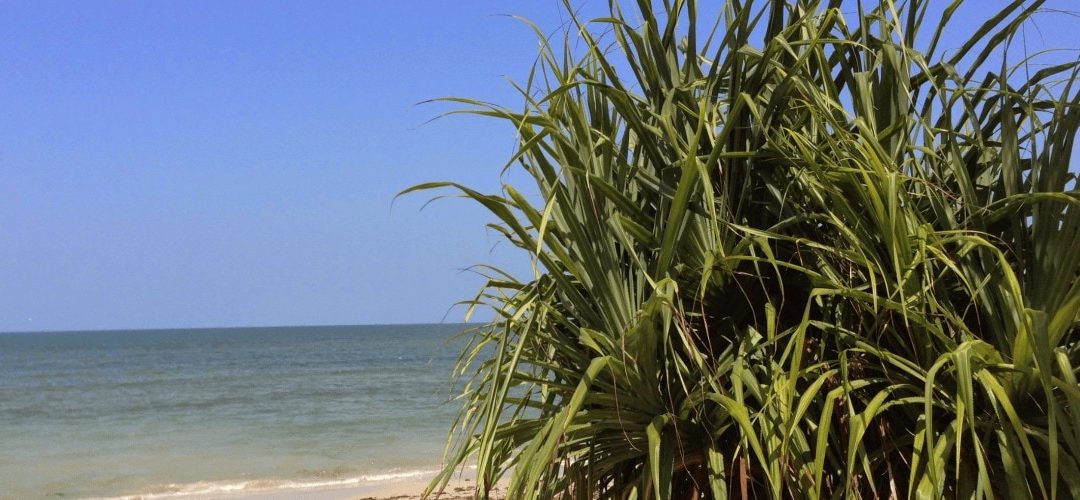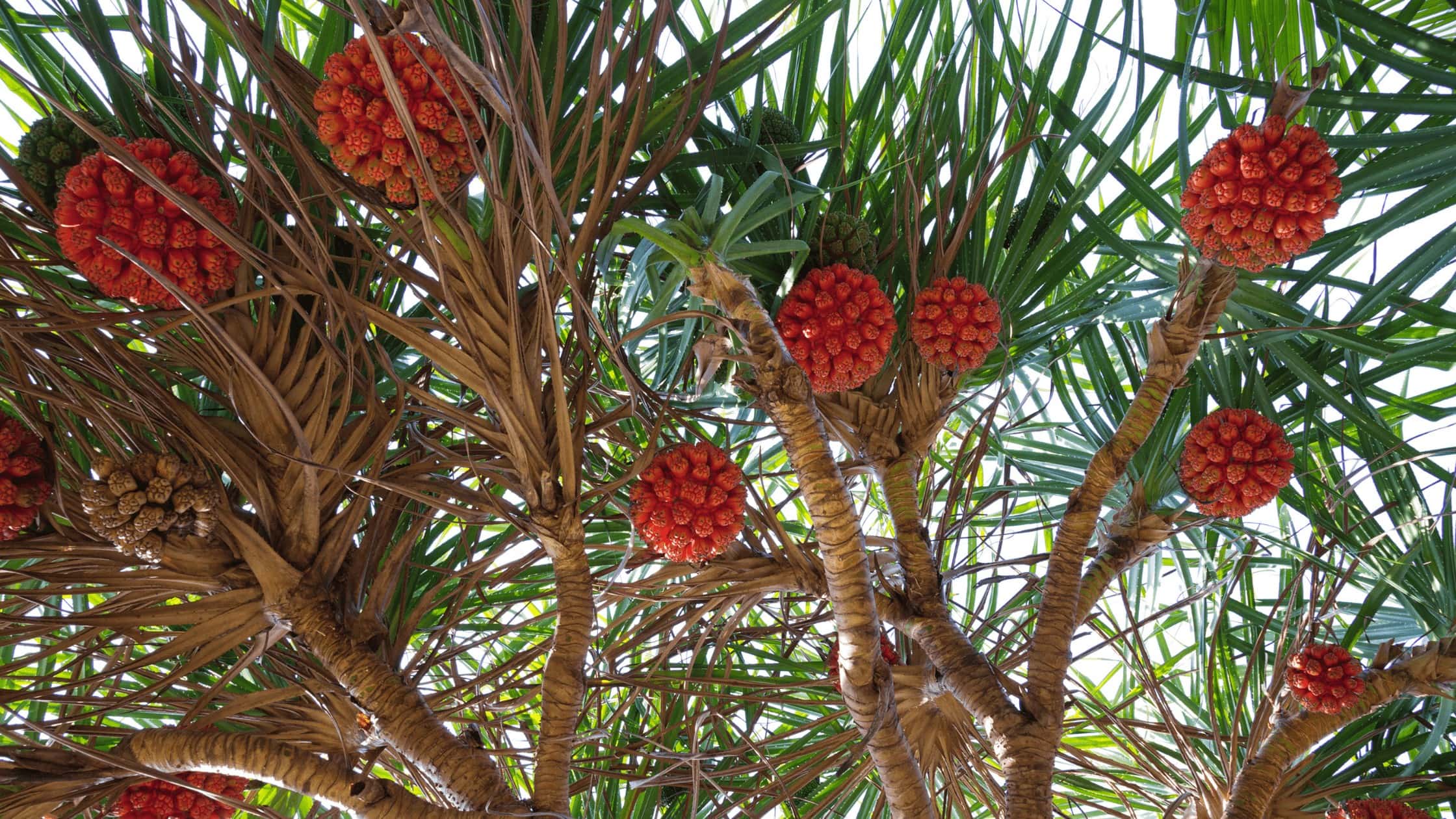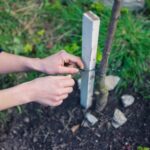If you’re a Floridian, you know all about screw pines. They are iconic plants that can be found throughout the state. If you’re lucky enough to have one in your yard, it’s essential to take care of it properly. We will discuss what screw pines are and their care and maintenance. We’ll also take a look at the different types of screw pine plants.
What Are Screw Pine Plants?
Common screw pine plants, also known as pandanus trees, are a type of palm that is native to Africa, Asia, and Australasia. These plants are characterized by their screw-like leaves arranged in a spiral pattern around the stem.
Screw Pine Tree
The screw pine tree is a unique plant native to the tropics. It gets its name from its spiral-shaped leaves arranged in a spiraling pattern around the trunk. The screw pine tree can grow 30-40 feet tall, and its aerial roots can extend up to 20 feet in length. These aerial roots help anchor the tree in place and absorb nutrients from the surrounding soil.
Screw Pine Fruit
Female plants will produce fruit. The screw pine fruit is oval-shaped and has a hard outer shell. Inside the shell is a white fleshy pulp that surrounds a large seed. The screw pine fruit has a sweet taste and a slightly fibrous texture. It can be eaten fresh or used in cooked dishes. The fruit can be harvested throughout the year, but it is most abundant during the summer months.
Best Time to Plant a Screw Pine Palm
The screw pine palm is a popular choice for gardens and landscaping due to its distinctive spiral leaves. It can be planted at any time of year, but the best time to plant it is in the spring. This is because the plant will have a chance to establish itself before the hot summer months.
Full Sun or Partial Shade?
Screw pines are tropical plants that can be found in various habitats, from coastal areas to inland forests. While they prefer full sun, screw pines can also tolerate partial shade. Some species of screw pine are even adapted to growing in mangrove swamps, where they are constantly exposed to saltwater and direct sunlight.
Should I Plant Them in a Pot or the Ground?
Screw pines, also known as Pandanus Utilis, can be planted in a pot or in the ground. If you live in an area that is prone to cold winters, it is best to plant screw pines in pots so that you can move them indoors when the weather gets cold. Screw pines need well-drained soil and plenty of moisture to thrive, so water them regularly. With a little care, screw pines will thrive in either pots or the ground.
Tips on Care and Maintenance of Your Screw Pines
These striking plants are known for their unusual appearance, with long, narrow old leaf scars circling the stems and that spiral around the trunk. Screw pines are a relatively low-maintenance tropical plant, but they do require some care and attention to ensure that it stays healthy and looks their best.
Here are some tips on how to care for your plants in the screw pine family:
- Water regularly. Screw pines prefer to be kept moist, so water them deeply and regularly, especially during hot weather. They are drought tolerant when mature.
- Ensure your pot has drainage holes. If you choose to pot your plant, ensure holes in the bottom to allow water to flow out to avoid killing the roots.
- Fertilize monthly. Use a balanced fertilizer that is slightly acidic. Apply the fertilizer around the base of the plant, being careful not to get any on the leaves. You can also try a diluted liquid fertilizer once a week during the growing season.
- Prune as needed. To maintain the plant’s shape, prune away any dead or damaged branches. You can also trim back any long branches if desired.
- Watch for pests. Scale insects and mealybugs can be a problem for screw pines. These pests suck the sap from the leaves, causing them to turn yellow and eventually drop off. If you notice any pests on your screw pines, treat them with an insecticide or contact a professional pest control company.
Visit Troy Tropics For Your Tropical Plant Needs
Whether you’re searching for a true pine, a common screw pine, or other plants to enhance your yard’s aesthetic feel, Troy Tropics has what you’re looking for at our local nursery. We can turn an average yard into a true backyard oasis.







